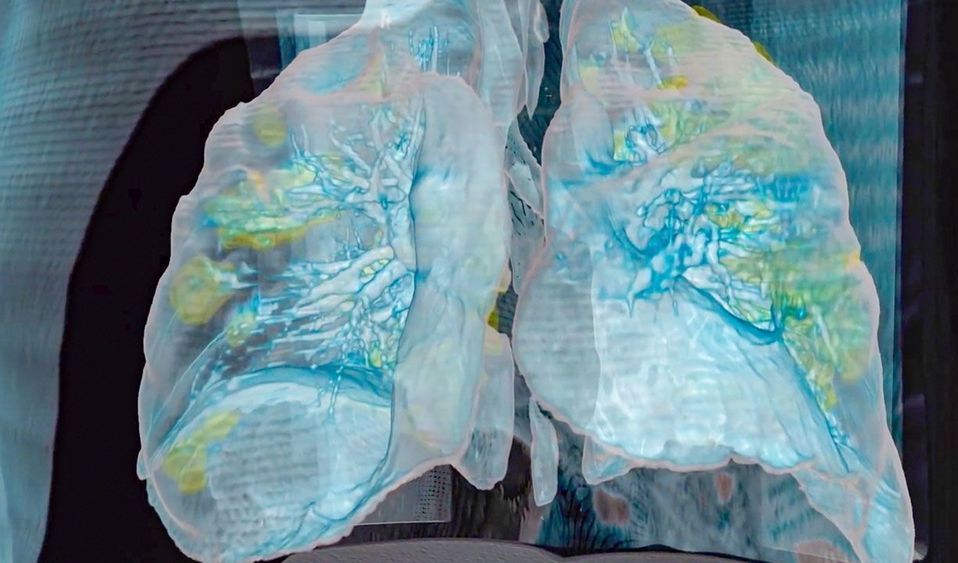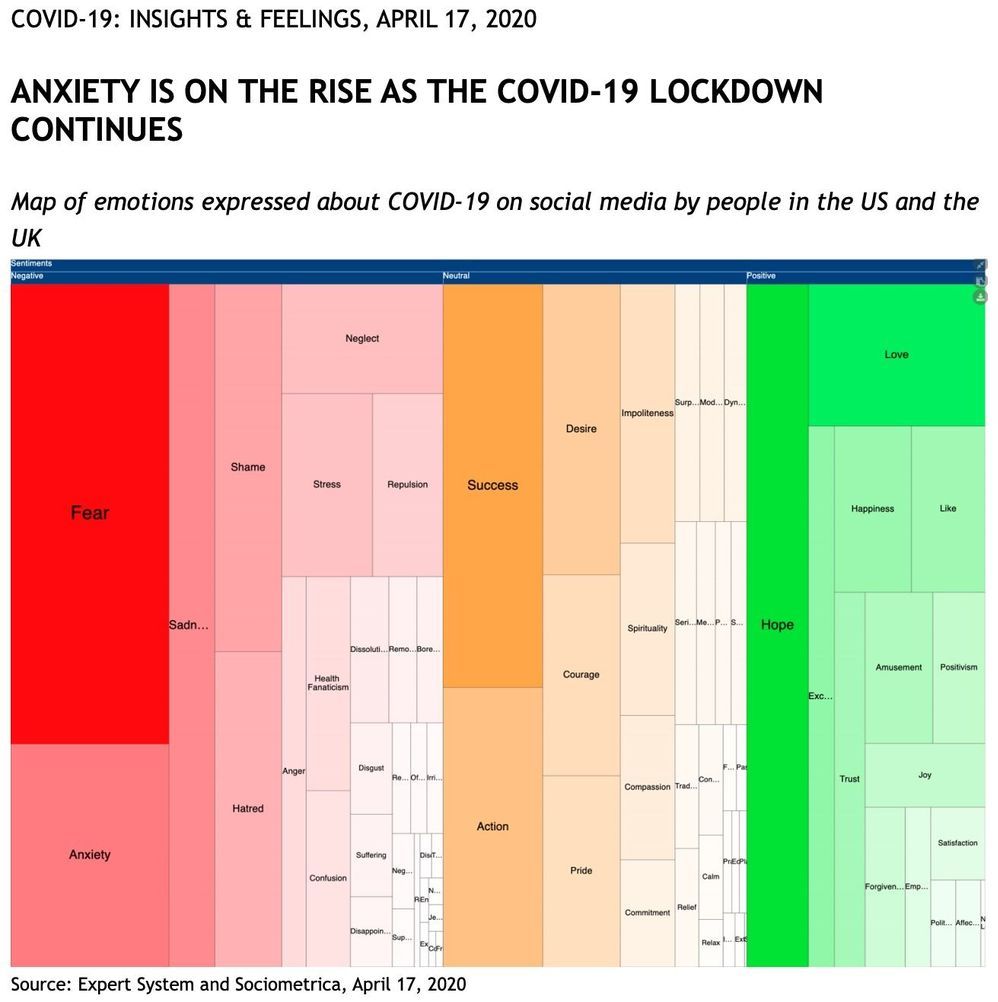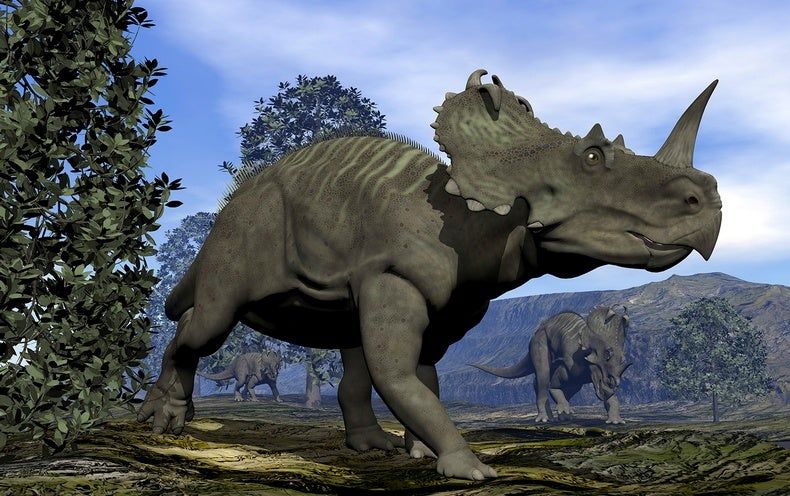“If a severe pandemic materializes, all of society could pay a heavy price for decades of failing to create a rational system of health care that works for all of us.”–Irwin Redlener.
Category: biotech/medical – Page 2,307
How Data Is Critical to Engineering Antibodies to Block COVID-19
Shahrad Daraeikia, Jack Wang, and Dr. Jean-Philippe Buerckert sit down together with Harry Glorikian at MoneyBall Medicine to talk about our ultra rapid antibody discovery race to a cure for COVID19.
Episode Summary
Distributed Bio aims to use its computational antibody engineering platform to identify antibodies that protect against SARS and optimize them to block the SARS-CoV2 coronavirus. This week Harry gets a progress update from three key Distributed Bioscientists.
We also have an unedited video of the episode below.
What Will The World Look Like After the Corona Virus?
Hey all! I hope you are doing fine despite the coronavirus outbreak! I have just made a video about what the world will look like immediately after the coronavirus outbreak. If this is interesting to you, please check it out!
Ever wondered what the world will look like after the corona virus (COVID-19) pandemic is over? In this video, I go over how our society could change for years or even decades to come after the corona virus pandemic is over. Topics I talk about include how religion, education, lifestyle, and automation after the pandemic.
Instagram: https://www.instagram.com/the_futurist_tom/
For business inquiries, please send an email to: [email protected]
Here is a link to First-Person Science Podcast: https://www.youtube.com/channel/UCxIStqpo1YZRTFKn5m1J0iQ

How Cannabis Cleans Up Nuclear Radiation And Toxic Soil
Europe’s largest steel mill is in the city of Taranto in southern Italy. In its heyday, the ILVA steel plant produced more than 10 million tons of steel every year—about 40 percent of all the steel made in Italy—and it currently employs about 12,000 people.
This is no small deal in an area where unemployment is north of 20 percent; indeed, the local economy of Taranto, population 200,000, is almost entirely dependent on the steel mill —which is also one of the biggest and most deadly polluters of anywhere in the Mediterranean.
The plant is a notorious source of dioxin, and dust from the plant is believed to be the reason why Taranto has a lung cancer rate 30 percent higher than the national average. It’s so toxic that farmers have been forbidden from raising livestock within a 20-kilometer radius of the plant; in 2008, the government ordered the slaughter of thousands of sheep and other animals that were found to have excessively high levels of dioxin.
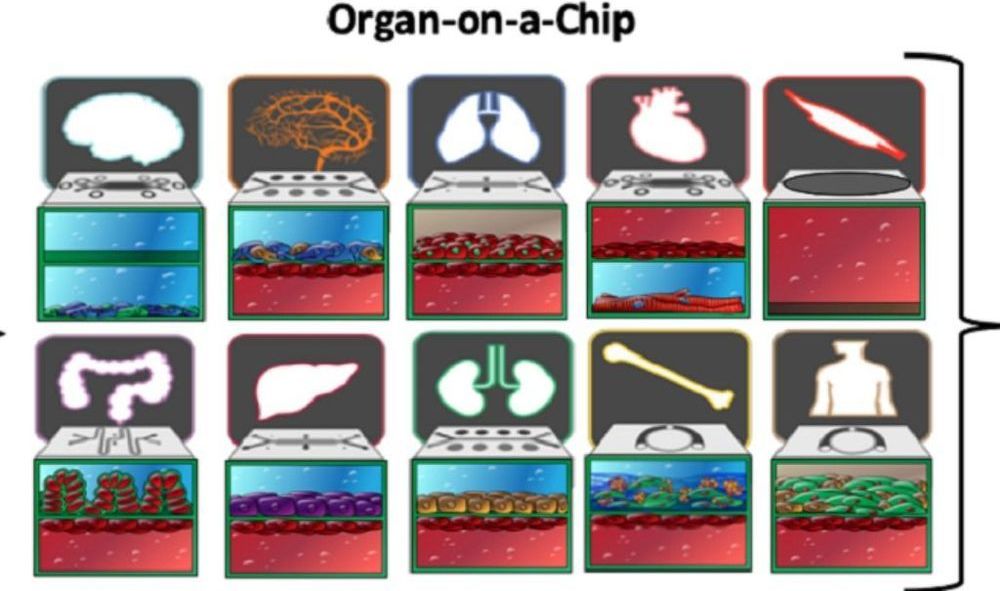
Israel, US researchers create ‘mini Human-on-a-Chip’ to speed up drug testing
Two new studies by researchers in Tel Aviv University and Harvard University on the subject were published in the journal Nature Biomedical Engineering on Monday.
Organs-on-a-chip were first developed in 2010 at Harvard University. Then, scientists took cells from a specific human organ — heart, brain, kidney and lung — and used tissue engineering techniques to put them in a plastic cartridge, or the so called chip. Despite the use of the term chip, which often refers to microchips, no computer parts are involved here.
Get The Start-Up Israel’s Daily Start-Up by email and never miss our top stories Free Sign Up.
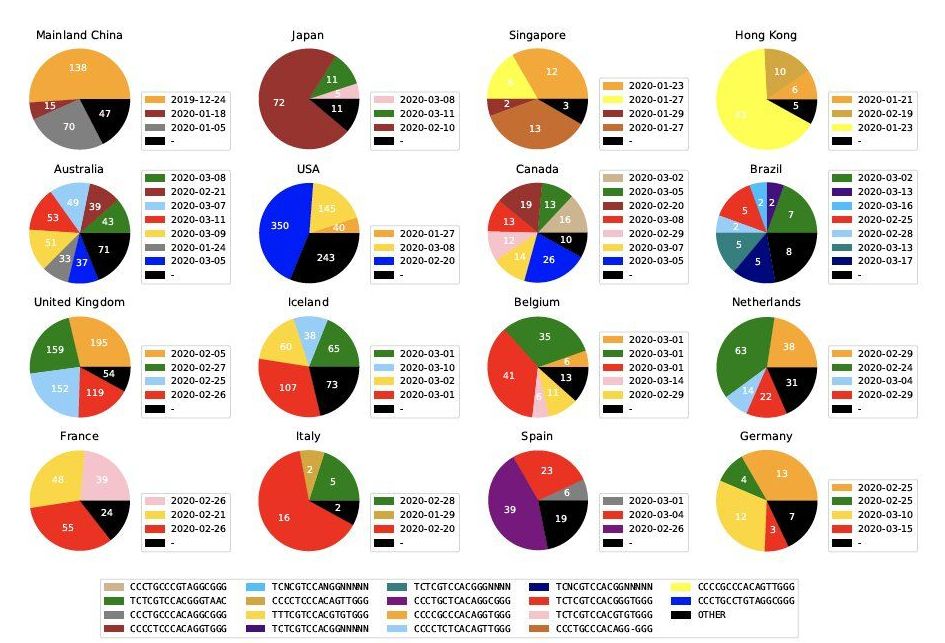
Genetic tracing ‘barcode’ is rapidly revealing COVID-19’s journey and evolution
Drexel University researchers have reported a method to quickly identify and label mutated versions of the virus that causes COVID-19. Their preliminary analysis, using information from a global database of genetic information gleaned from coronavirus testing, suggests that there are at least six to 10 slightly different versions of the virus infecting people in America, some of which are either the same as, or have subsequently evolved from, strains directly from Asia, while others are the same as those found in Europe.
First developed as a way of parsing genetic samples to get a snapshot of the mix of bacteria, the genetic analysis tool teases out patterns from volumes of genetic information and can identify whether a virus has genetically changed. They can then use the pattern to categorize viruses with small genetic differences using tags called Informative Subtype Markers (ISM).
Applying the same method to process viral genetic data can quickly detect and categorize slight genetic variations in the SARS-CoV-2, the novel coronavirus that causes COVID-19, the group reported in a paper recently posted on the preliminary research archive, bioRxiv. The genetic analysis tool that generates these labels is publicly available for COVID-19 researchers on GitHub.
